Galangal: Benefits, Side Effects, Composition, And How To Use
This aromatic rhizome may benefit your body in more ways than you know.
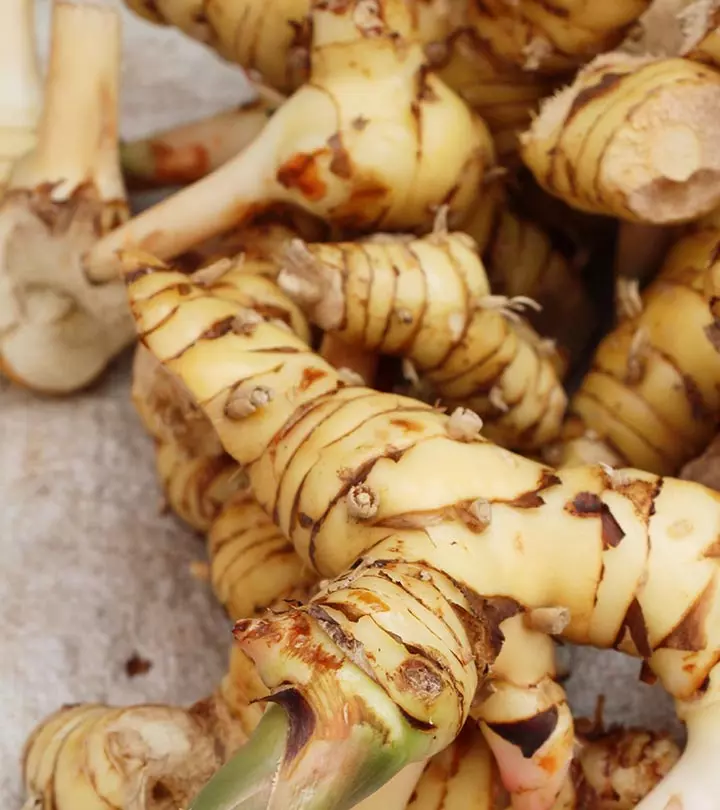
Image: Shutterstock
Galangal is a spice that looks similar to ginger and has many therapeutic values. This root is native to Southeast Asia and has been used in traditional Asian and Chinese medicine for centuries (1). The benefits of galangal can be attributed to its high levels of phytochemicalsi They are chemicals produced by plants, usually to help fight off infections, and may also help reduce human inflammation. .
Galangal possesses anti-inflammatory, antioxidant, and analgesic properties that help treat many ailments.
This root is also used to treat diabetes, fight cancer, act against inflammatory diseases, and boost male fertility.
This article discusses the health benefits of galangal, its biochemical composition, preparation method, and possible side effects. Take a look.
 Know Your Ingredient: Galangal
Know Your Ingredient: GalangalWhat Is It?
A spice related to ginger and turmeric, commonly used in Ayurvedic and Chinese medicine.
What Are Its Benefits?
It has antioxidant, anti-inflammatory, antimicrobial, and analgesic properties. It can treat arthritis, improve liver health, combat infections, and boost fertility.
Who Can Use It?
It is safe for consumption in moderation by all.
How Often?
It can be consumed daily, even twice or thrice a day in small quantities.
Caution
High doses may cause serious side effects, such as excessive urination, diarrhea, loss of appetite, and more.
In This Article
What Is Galangal?
Galangal (Alpinia officinarum and Alpinia galangal) is a member of the ginger family Zingiberaceae. This perennial herb is indigenous to southeast China and Indonesia and grows in the plains of West Bengal, Assam, and the Eastern Himalayas in India (1) It is also widely used in countries like Malaysia, Thailand, and Vietnam.
Ayurveda and traditional Chinese and European medicine have used different parts of galangal to treat cold, stomach ache, inflammation, diabetes, ulcers, nausea, diarrhea, eczema, and various acute and chronic conditions (1).
The seed of galangal is used as a mouth freshener, dental cleanser, digestive aid, and laxative. The flowers and tender shoots are used as a spice or vegetable. The root or rhizome is used as a spice and source of essential oil (like ginger).
As it looks, tastes, and feels like ginger, galangal is also called the ‘mild ginger’ (Liang-tiang) in Chinese. Like ginger, galangal contains flavonoids, polyphenols, terpenesi Terpenes, also known as terpenoids, are naturally occurring substances that give plants their flavors, smells, and even colors. , and essential oils (2).
Want to know how these bioactive components of galangal work together on your body systems? Read the next section to find the answers.
Key Takeaways
- Galangal looks similar to ginger and offers various health benefits.
- It may treat arthritis as it has high levels of phenolic compounds.
- It may protect your liver and pancreas from oxidative stress as it has polyphenols and alkaloids.
- Galangal root can be used to make traditional Thai curries and to flavor soups, stews, and salads.
- Consumption of galangal in excess may cause frequent urination and energy depletion.
What Are The Health Benefits Of Galangal?
Galangal’s benefits are due to its high content of bioactive compounds that offer antioxidant, anti-inflammatory, and antimicrobial properties.
1. May Possess Antidiabetic Properties

According to a 2015 animal study, methanolic extracts of galangal showed antidiabetic potential. Aerial parts of galangal could stimulate the regeneration of insulin-secreting beta-cells in the pancreas. Administering galangal extracts to diabetic rats lowered cholesterol and triglyceridei A type of fat, either produced by the body or obtained from foods, from which the body gets its energy. levels, improving lipid metabolism and preventing diabetic complications (3).
Galangal extract was found to inhibit carbohydrate metabolism, minimizing the post-meal blood glucose spikes. The glucose-controlling activity was on par with synthetic antidiabetic drugs (4).
Due to its antioxidant activity, this herbal medicine can protect your liver and pancreas from oxidative stress and damage. The polyphenols, alkaloids, triterpenes, steroids, and carbohydrates in galangal are proposed to be responsible for this activity (3).
However, more research is required in this area to understand these benefits on humans.
2. Might Possess Antiproliferative Effects
The aqueous extract of Alpinia galangal can inhibit the proliferation of human gastric tumor cell lines. The galangal rhizome (root) contains two cytotoxic compounds, namely, acetoxychavicolacetate and p-coumaryl alcohol-O-methyl ether, that are known to act against cancer cells (5).
Galangal extracts showed anticancer effects on melanoma (skin) cells, preventing skin cancer (5).
The cytotoxic compounds in this Chinese herb can induce glutathione-S-transferase (GST) activity in the liver cells. GST eliminates mutagenic compounds and free radicals, thus preventing cancerous changes (6).
However, more research is needed to understand the molecular mechanisms and anticancer effects of this medicinal root.
3. May Help To Treat Arthritis And Other Inflammatory Diseases

Galangal rhizomes contain flavonoids, tannins, saponins, glycosidesi Naturally occurring plant compounds that store essential plant chemicals and are often used to prepare medications. , and several phenolic compounds. These phytochemicals showed potent anti-inflammatory and analgesici Any medication or chemical that temporarily relieves pain caused by an injury or other health condition. effects in animal studies (7).
Galangin down-regulates the expression of genes that produce pro-inflammatory compounds like cytokines and interleukins (8).
As galangal extracts may inhibit COX-1 and 2 and lipoxygenasei The chemical process and pathway through which unsaturated fatty acids are converted into other substances. pathways, they could be used to manage arthritis, edema, inflammatory bowel disease, and other inflammatory disorders (9), (10).
4. May Possess Antimicrobial Properties
Researchers claim that the essential oils from dried and fresh galangal rhizomes can eliminate bacteria, yeast, fungi, and parasites. Terpinen-4-ol, one of the monoterpenes in the essential oil derived from fresh galangal rhizome, possesses antimicrobial activity against Trichophyton mentagrophytes (11).
Acetoxychavicol acetate (ACA), a compound isolated from the extract of dried rhizomes, is active against certain dermatophyte (skin-infesting) bacterial species. Among turmeric and ginger, galangal has the most potent inhibitory effect against Staphylococcus aureus (11).
Alpinia galanga is also a broad-spectrum fungicide. It can inhibit fungi and yeast, such as Aspergillus niger, Trichophyton longifusus, Colletotrichum musae, Fusarium oxysporum, Trichophyton mentagrophytes, Trichophyton rubrum, and Rhizopus stolonifer (12).
May Boost Sperm Count And Motility

Unlike other aphrodisiacs or fertility supplements, galangal is safe and non-toxic. Rat studies showed that 56 days of treatment with galangal rhizome improved spermatogenesis and related parameters (13).
The sperm count and mobility increased after this treatment. The increase in sperm density and motility in cauda epididymis (the storage site for mature sperm) can affect fertilization (13).
Galangal influences the protein production via expression of related genes involved in spermatogenesis. It could, hence, be used in drugs to promote male fertility (13). Clinical data can elucidate the safety of this herbal extract in the future.
 Trivia
TriviaIn the earlier sections, we briefly discussed how a powerful phytochemical profile gives galangal its unique health benefits.
Let’s look at those phytochemicals in detail.
Biochemical Composition Of Galangal
Most sub-species of galangal have good amounts of flavonoidsi Flavonoids are a class of organic compounds in plants, including antioxidants, that help in disease prevention and fight inflammation. . Galangin, alpinin, kaempferol, kaempferide, pinene, pineol, chavicol, methyl cinnamate, hydroxycinnamaldehyde, isorhamnetin, camphene, myrcene, p-cymene, borneol, terpineol, 4-terpineol, fenchyl acetate, bornyl acetate, humulene, and zerumbone are a few identified ones (14).
The leaf oil contains myrcene, ocimene, pinene, borneol, caryophyIIene, and bisabolene. The essential oil from galangal flower has a-pinene, sabinene, limonene, phellandrene, 1,8-cineole, linalool, terpinen-4-ol, a-terpineol, methyleugenol, patchoulene, caratol, a-farnesene, nerolidol, bisabolol and benzyl benzoate (14).
The galangal fruits contain acetyleugenol acetate and 1′-acetoxychavicol acetate. The seed contains caryophyllene oxide, caryophyllenol, pentadecane, 7-heptadecane, and fatty acid methyl esters (13).
It is because of these terpinols and esters in the essential oils that galangal is used as a perfume or freshener in India and the Middle Eastern countries.
As a bonus, each serving of galangal contains 45 calories and 2 g of dietary fiber. It is also a natural source of sodium, iron, and vitamins A and C (almost like ginger).
That, indeed, is a powerful biochemical profile. No wonder the Chinese obsessed over galangal and made many recipes with it!
Regardless of the biochemical composition of galangal, it is often confused with ginger, its more popular cousin. But the two are different. Learn more about the same in the next section.
Galangal Vs. Ginger
Galangal and ginger are both rhizomes that belong to the Zingiberaceae family and share a similar appearance. However, they differ significantly in taste, aroma, and culinary uses.
Galangal has a tougher, reddish-brown skin and a more peppery, piney flavor with floral and citrus notes. It is commonly used in southeast Asian cuisine, especially in Thai and Indonesian cuisine.
Ginger (Zingiber officinale), on the other hand, has a pale yellow skin and a warmer, spicier flavor with subtle citrus undertones. It is versatile and widely used in various cuisines globally to add a zesty kick to both sweet and savory dishes. The benefits of ginger go beyond its flavor, offering numerous health benefits such as aiding digestion.
Yes, that’s right. Several cuisines incorporate galangal in their delicacies. Here’s a quick and simple recipe for you.
How To Cook With Galangal Root
It doesn’t take a lot of preparation to cook with galangal root. Just peel the tough skin and slice or chop the fresh root. Here are a few tips on how to use it in meals or snacks:
- Add galangal to soups, curries, or stir-fries for a peppery flavor.
- If using dried galangal, soak it in warm water for a few minutes to rehydrate before cooking.
- Galangal pairs well with coconut milk, making it great for Thai and Southeast Asian dishes.
- Use it in marinades for meats or seafood to add depth and freshness.
- Be mindful of its strong flavor. You may start with a small amount and adjust to taste.
Now try out the recipes given below!
The Jungle Thai Curry – With Galangal And Mushroom
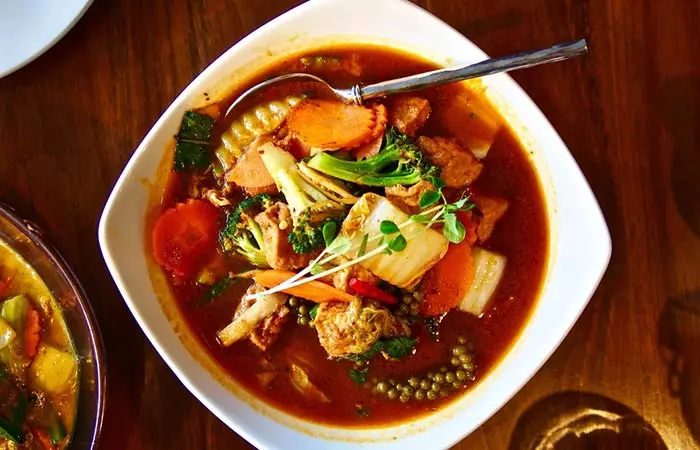
What You Need
- Coconut milk: 2 cps
- Galangal: 1, ½-inch piece, peeled and sliced
- Kaffir lime leaves: 3, chopped or torn
- Salt: 2 teaspoons
- Fresh mushrooms: ⅓ pound, sliced
- Thai chili peppers: 5, chopped
- Fresh lime juice: ¼ cup
- Fish sauce: 1 tablespoon
- Boiling pot: medium-large
Let’s Make It!
- Add coconut milk and galangal in the boiling pot. Bring it to a boil.
- Add the kaffir lime leaves and salt.
- Simmer for about 10 minutes.
- Add mushrooms to the mixture and cook until soft, about 5 to 7 minutes. Remove from heat.
- Add the lime juice and fish sauce to the mixture. Stir well.
- Transfer the contents to a serving bowl.
- Garnish with the Thai chilies.
- Serve hot with some fresh and fragrant jasmine rice and tapioca crisps.
Gin hi a-ròi! (Bon appetit!)
South-east Asian and Asian culinary techniques offer everything on a platter that soothes your body during every meal.
If you do not like the taste of galangal in your meals, you can substitute it with ginger. Remember, ginger is a stronger spice than galangal. For every serving of galangal, 3/4th of ginger would do.
Li, a blogger, explained why she uses galangal in her dishes and shared a method to preserve galangal for 3 months. She writes, “This rhizome gives the ingredients a fresh lift when added to the dish. I appreciate this aspect (i). “ The blogger also revealed that she grows galangal in her garden and often makes a paste out of it to use for future cooking purposes.
 Quick Tip
Quick TipAlternatively, you can buy galangal supplements in the form of oil or capsules.
Precautions And Side Effects Of Galangal

Galangal has been used in Ayurvedic and traditional Chinese medicine for centuries. This root is typically safe when it is consumed in the amounts likely found in foods (1).
Animal studies found that doses of 2,000 mg per kg of body weight resulted in serious side effects, including coma, diarrhea, excessive urination, lack of appetite, a drop in energy levels, and death (15). These side effects were absent at considerably smaller dosages of 300 mg per kg of body weight.
Infographic: Top 5 Health Benefits Of Galangal
Galangal has been used for centuries in traditional medicine and is well known for its distinctive flavor and aroma. It also has a number of potential health benefits. Understanding the remarkable properties of galangal can help us understand its potential role in promoting overall well-being and incorporating it into our daily lives. The infographic below explores the top five health benefits of galangal. Check it out to know more! Illustration: StyleCraze Design Team
Galangal is a spice used as a natural remedy for various ailments in Asian alternative medicine. It comprises flavonoids, terpinols, esters, iron, and vitamins A and C. Galangal benefits include better digestion, diabetes control, regulated blood pressure levels, and enhanced sexual wellness in males. It may also help improve immunity. Galangal juice and essential oil can be consumed to reap its benefits. However, higher doses may cause frequent urination, appetite loss, and a depletion of energy. Consult your doctor before including this spice in your diet.
Frequently Asked Questions
How do you store galangal?
Wrap the galangal root in a damp, clean cloth. Then, wrap it in a plastic bag. You can store galangal this way in the fridge for a long time. The root retains the moisture from the cloth and stays fresh too.
If it is for extended storage, you might have to change the damp cloth to prevent fungal infestation.
Can you eat galangal raw?
When purchasing this root, check for the younger variants. If the root has a shiny, translucent peel with a peachy beige shade, it can be eaten raw.
Is turmeric and galangal the same thing?
No, both are different. Galangal is more pine-like and citrusy in flavor whereas turmeric has an earthy flavor with bright orange flesh.
Can you freeze galangal?
Yes, the root can freeze up to three months without peeling. It can be frozen without losing any flavor. Cut the unpeeled root into slices a quarter-inch thick, wrap in plastic, and freeze it.
Do you need to peel galangal?
No. Unlike ginger, galangal does not need to be peeled. Thoroughly rinse the root under cold water, rubbing away any dirt, and pat dry.
What does galangal taste like?
Galangal has a sharp citrusy, and pine-like flavor and is used as a food flavoring agent in South East Asian countries.
Is Galangal a spice?
Yes, galangal is a ginger-like spice widely used in South East Asia. This condiment has a bitter and peppery aroma.
Can you dry galangal?
Yes. However, remember that dried galangal has a lower potency than fresh ones when used in recipes.
Can you eat galangal stems?
Yes, you can eat fresh, young galangal stems.
Can you make galangal tea?
Yes, you can make tea with freshly minced or sliced galangal.
Illustration: Galangal: Benefits Side Effects Composition And How To Use
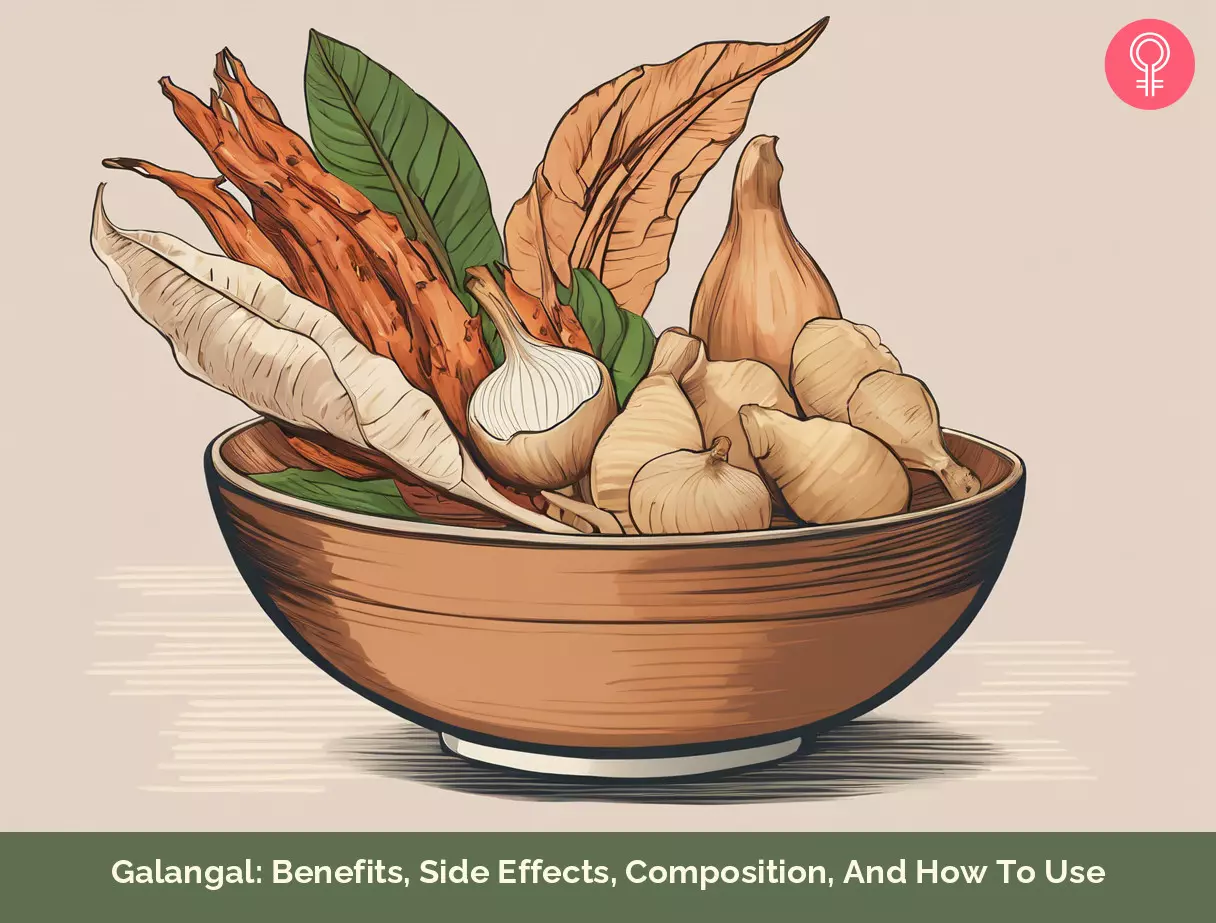
Image: Stable Diffusion/StyleCraze Design Team
References
Articles on StyleCraze are backed by verified information from peer-reviewed and academic research papers, reputed organizations, research institutions, and medical associations to ensure accuracy and relevance. Read our editorial policy to learn more.
- A Review on the Pharmacological Activities and Phytochemicals of Alpinia officinarum (Galangal) Extracts Derived from Bioassay-Guided Fractionation and Isolation, Pharmacognosy Review, US National Library of Medicine, National Institutes of Health.
https://www.ncbi.nlm.nih.gov/pmc/articles/PMC5414456/ - Alpinia: the gold mine of future therapeutics, 3 Biotech, US National Library of Medicine, National Institutes of Health.
https://www.ncbi.nlm.nih.gov/pmc/articles/PMC3646104/ - Anti-diabetic activity of methanolic extract of Alpinia galanga Linn. aerial parts in streptozotocin induced diabetic rats, AYU, US National Library of Medicine, National Institutes of Health.
https://www.ncbi.nlm.nih.gov/pmc/articles/PMC4687247/ - Antioxidant and Antidiabetic Activity of Alpinia Galanga, International Journal of Pharmacognosy and Phytochemical Research, Academia.
https://www.academia.edu/6261466/Antioxidant_and_Antidiabetic_Activity_of_Alpinia_Galanga - The Effects of Aqueous Extract of Alpinia Galangal on Gastric Cancer Cells (AGS) and L929 Cells in Vitro, Iranian Journal of Cancer Prevention, US National Library of Medicine, National Institutes of Health.
https://www.ncbi.nlm.nih.gov/pmc/articles/PMC4171825/ - Anticancer Properties of Alpinia officinarum (Lesser Galangal) – A mini review. International Journal of Advanced Research, Academia.
https://www.academia.edu/25942482/Anticancer_Properties_of_Alpinia_officinarum_Lesser_Galangal_A_mini_review - Phytochemical evaluation and screening of Anti-arthritic activity of Alpinia galangal, Academia.
https://www.academia.edu/6814782/Phytochemical_evaluation_and_screening_of_Anti_arthritic_activity_of_Alpinia_galangal_Linn - Anti-inflammatory effects of galangin on lipopolysaccharide-activated macrophages via ERK and NF-κB pathway regulation. Immunopharmacology and Immunotoxicology, US National Library of Medicine, National Institutes of Health.
https://pubmed.ncbi.nlm.nih.gov/25270721/ - Current pharmacological and phytochemical studies of the plant Alpinia galangal, Journal of Chinese Integrative Medicine, US National Library of Medicine, National Institutes of Health.
https://pubmed.ncbi.nlm.nih.gov/22015185/ - Isolates of Alpinia officinarum Hance as COX-2 inhibitors: Evidence from anti-inflammatory, antioxidant and molecular docking studies. International Immunopharmacology, US National Library of Medicine, National Institutes of Health.
https://pubmed.ncbi.nlm.nih.gov/26849772/ - Antimicrobial properties and action of galangal ( Alpinia galanga Linn.) on Staphylococcus aureus, ScienceDirect, Elsevier, Academia.
https://www.academia.edu/6002399/Antimicrobial_properties_and_action_of_galangal_Alpinia_galanga_Linn._on_Staphylococcus_aureus - Biological Activities of Greater galangal, Alpinia galanga – A Review, Research & Reviews: Journal of Botanical Sciences, Academia.
https://www.academia.edu/15945507/Biological_Activities_of_Greater_galangal_Alpinia_galanga_-_A_Review - Molecullar and biochemical effect of alcohlic extract of Alpinia galanga on rat spermatogenesis process, Iranian Journal of Reproductive Medicine, US National Library of Medicine, National Institutes of Health.
https://www.ncbi.nlm.nih.gov/pmc/articles/PMC4330656/ - The Pharmacological Activities of Alpinia galangal – A Review, International Journal for Pharmaceutical Research Scholars.
https://www.researchgate.net/publication/313676697_The_Pharmacological_Activities_of_Alpinia_galangal_-A_Review - Median Lethal Dose, Antimalarial Activity, Phytochemical Screening and Radical Scavenging of Methanolic Languas galanga Rhizome Extract, Molecules, US National Library of Medicine, National Institutes of Health.
https://www.ncbi.nlm.nih.gov/pmc/articles/PMC6259107/
Read full bio of Dr.Varsha Prabala
Read full bio of Sindhu Koganti
Read full bio of Ravi Teja Tadimalla
Read full bio of Aparna Mallampalli





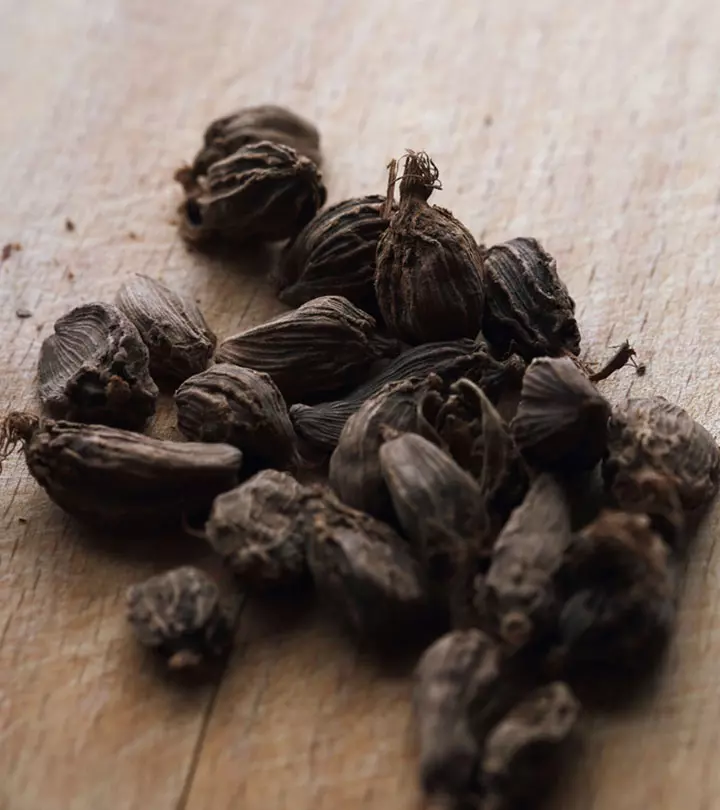

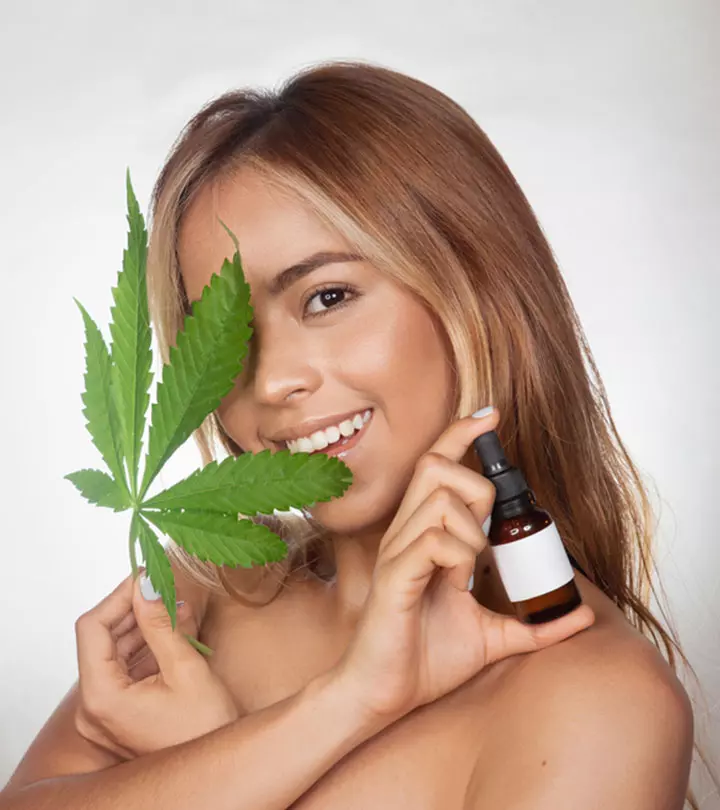

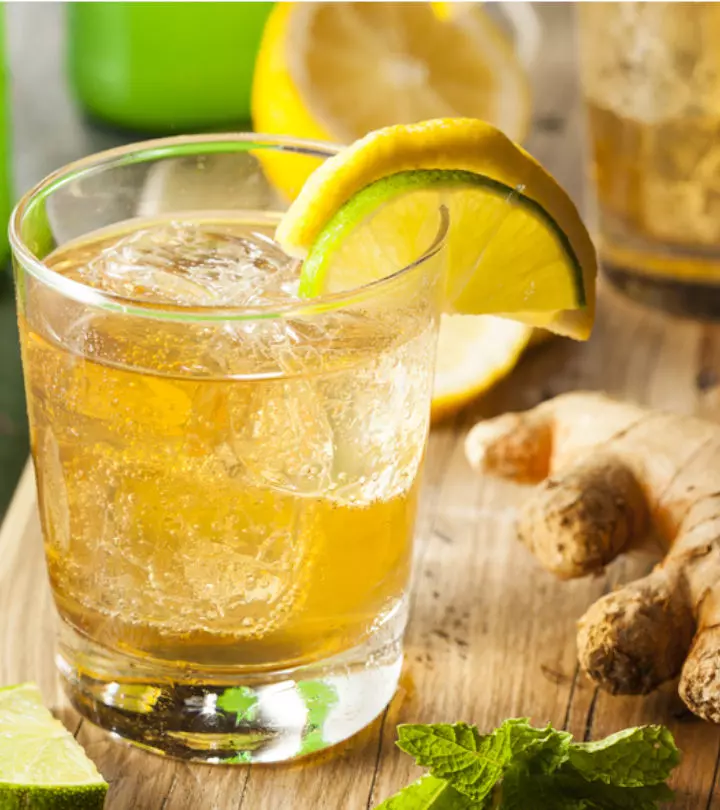
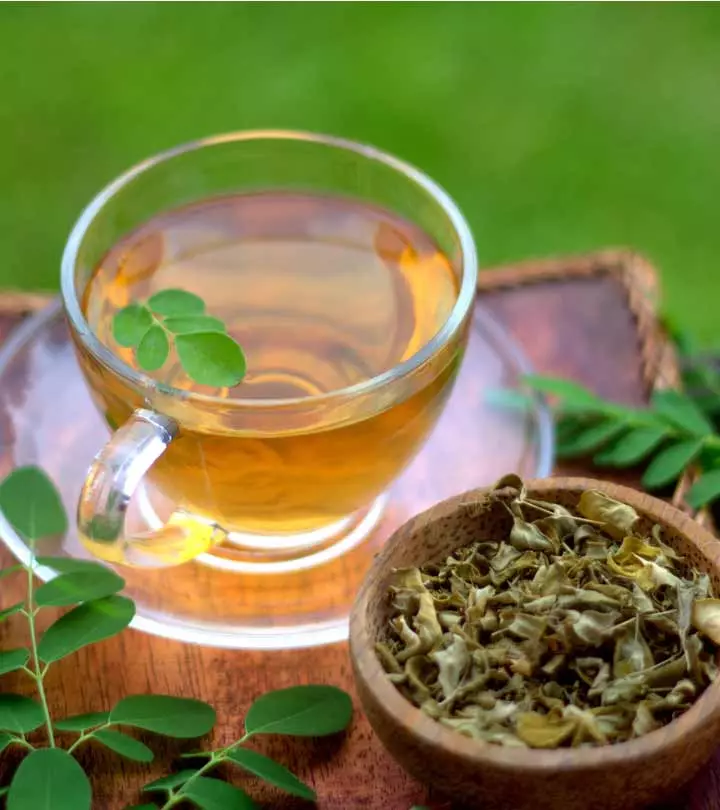
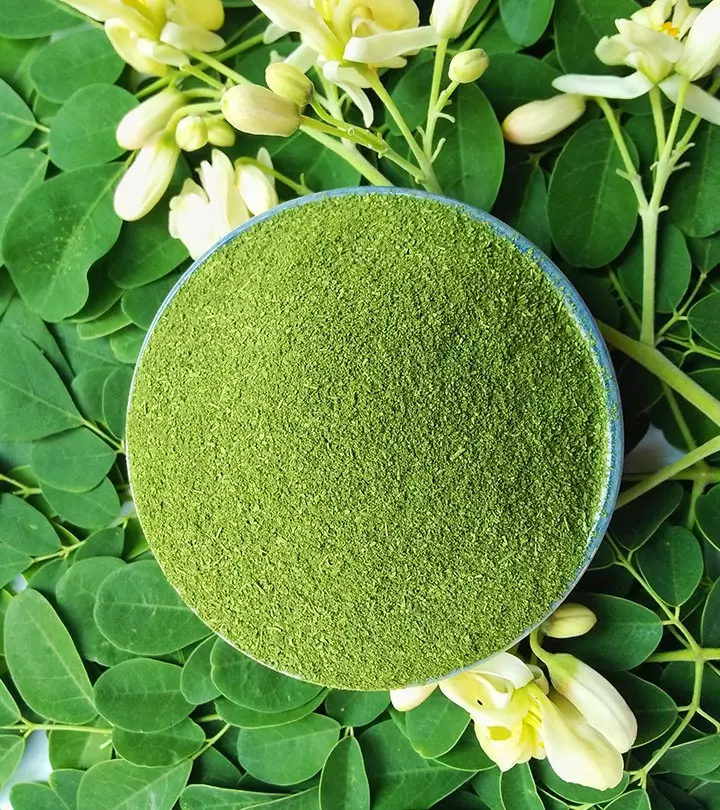

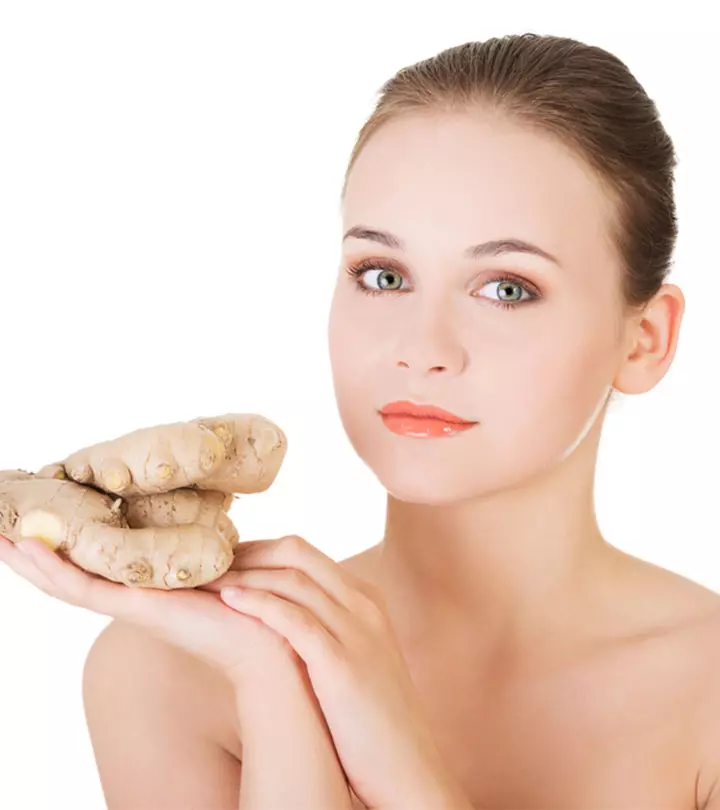
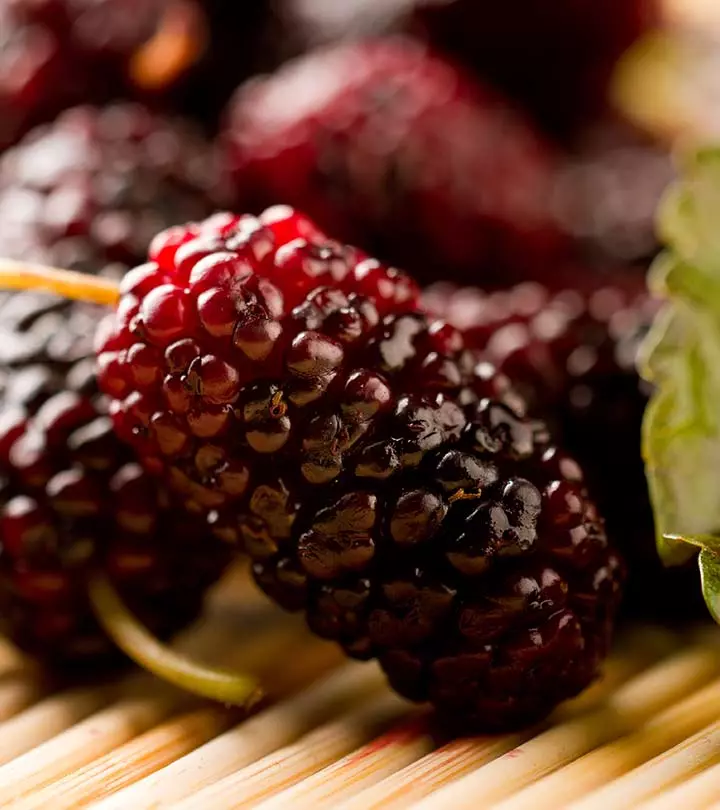

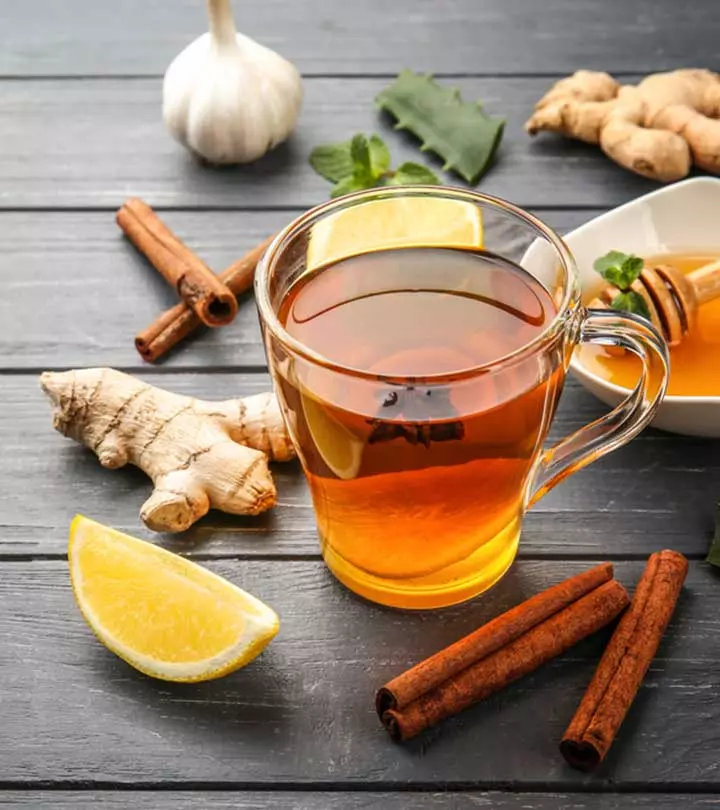
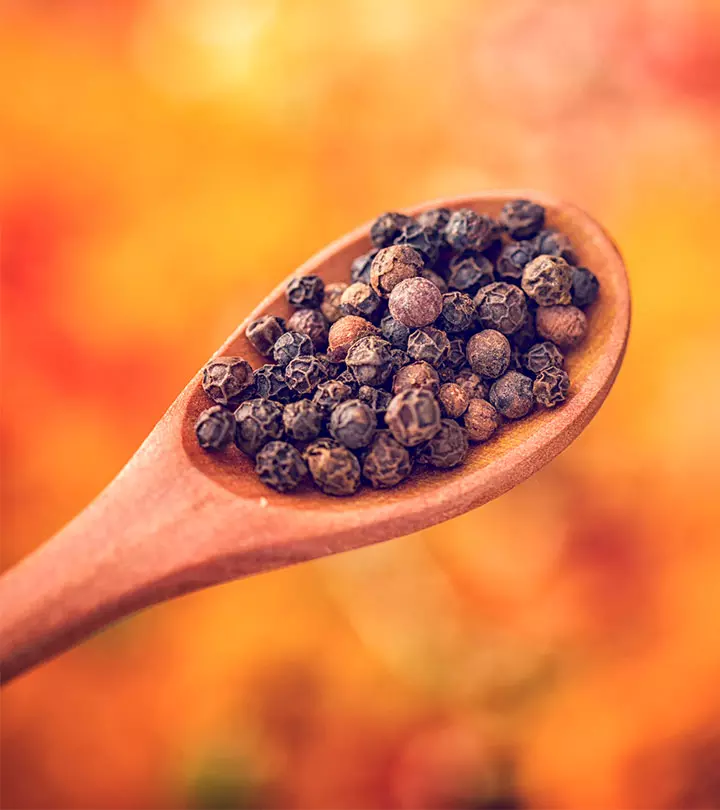
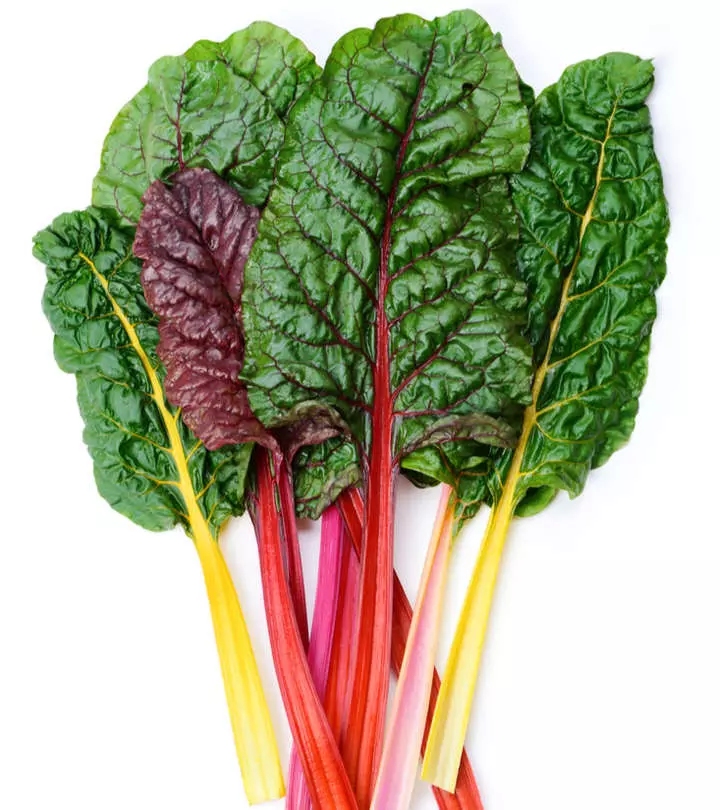
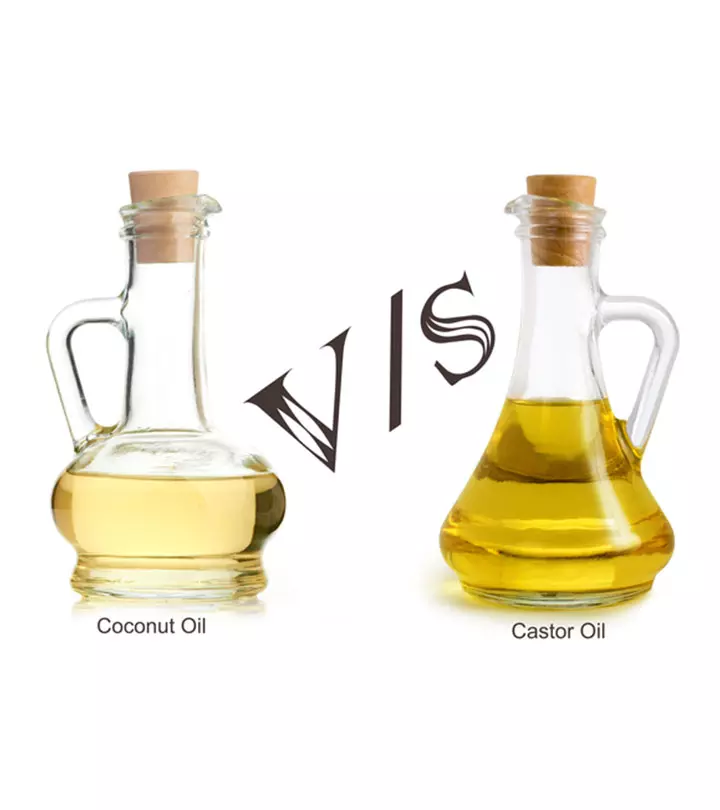

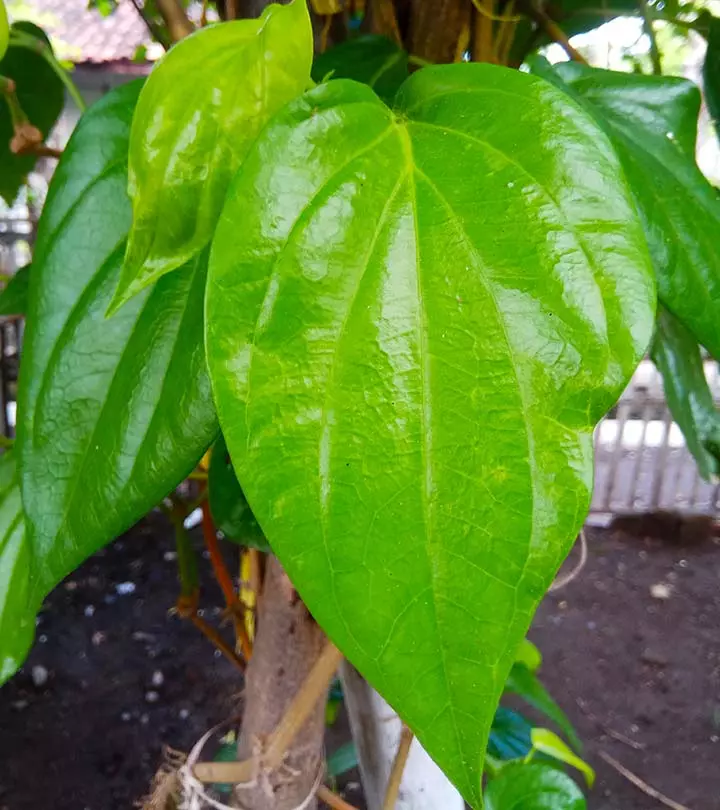
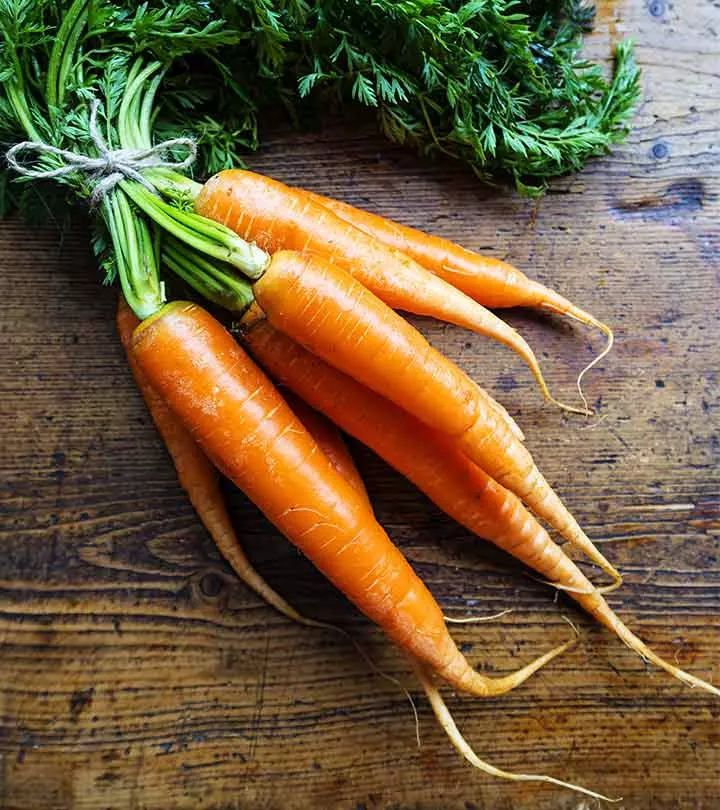
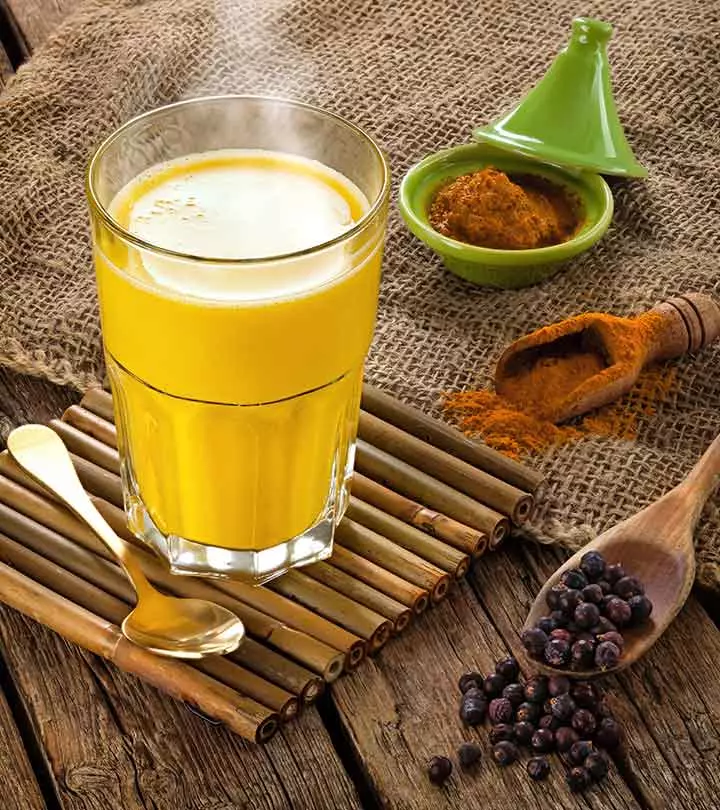
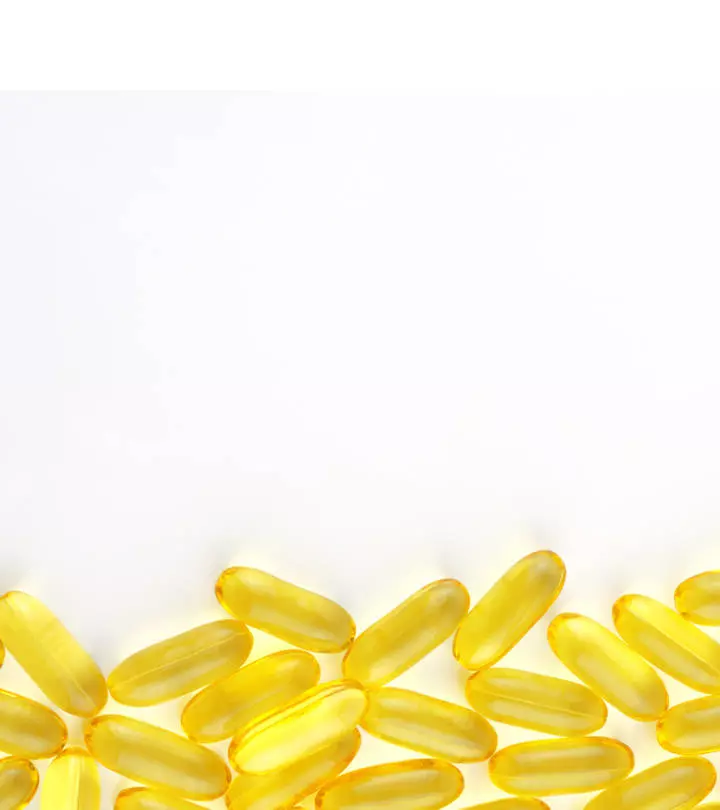
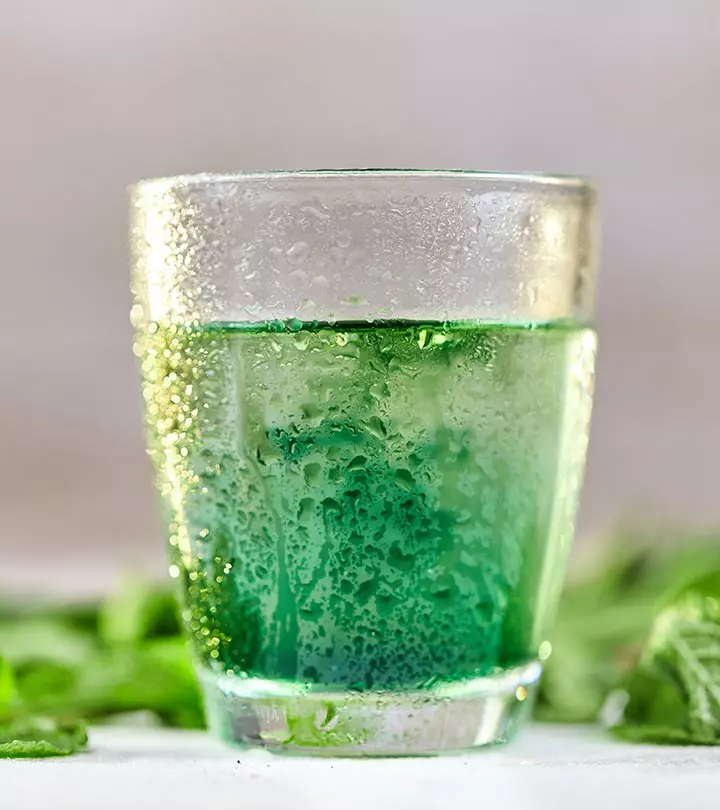
Community Experiences
Join the conversation and become a part of our empowering community! Share your stories, experiences, and insights to connect with other beauty, lifestyle, and health enthusiasts.